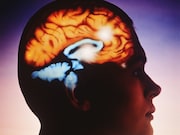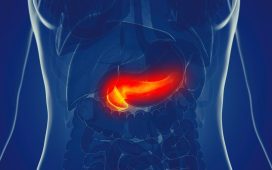Brains of unresponsive patients mainly have pattern of low interareal phase coherence
TUESDAY, Feb. 5, 2019 (HealthDay News) — A dynamic pattern of coordinated and anticoordinated functional magnetic resonance imaging (fMRI) signals can characterize healthy individuals and minimally conscious patients, according to a study published online Feb. 6 in Science Advances.
Athena Demertzi, Ph.D., from the University of Liège in Belgium, and colleagues recorded fMRI data for a cohort of 159 participants, including healthy individuals and patients diagnosed as being in a vegetative state/unresponsive wakefulness syndrome or in a minimally conscious state. Dynamic fMRI blood oxygenation level-dependent signal coordination was estimated between 42 regions of interest representing six brain networks.
The researchers found that healthy individuals and minimally conscious patients could be characterized by a dynamic pattern of coordinated and anticoordinated fMRI signals. A pattern of low interareal phase coherence was mainly seen in the brains of unresponsive patients, which was primarily mediated by structural connectivity and had smaller chances to transition between patterns. In patients with covert cognition, who could perform neuroimaging mental imagery tasks, this complex pattern was further corroborated, validating its implication in consciousness. The probability of the less complex pattern was increased to equal levels with anesthesia, validating its implication in unconsciousness.
“These patterns of transient brain signal coordination are characteristic of conscious and unconscious brain states, warranting future research concerning their relationship to ongoing conscious content, and the possibility of modifying their prevalence by external perturbations, both in healthy and pathological individuals, as well as across species,” the authors write.
Copyright © 2019 HealthDay. All rights reserved.








